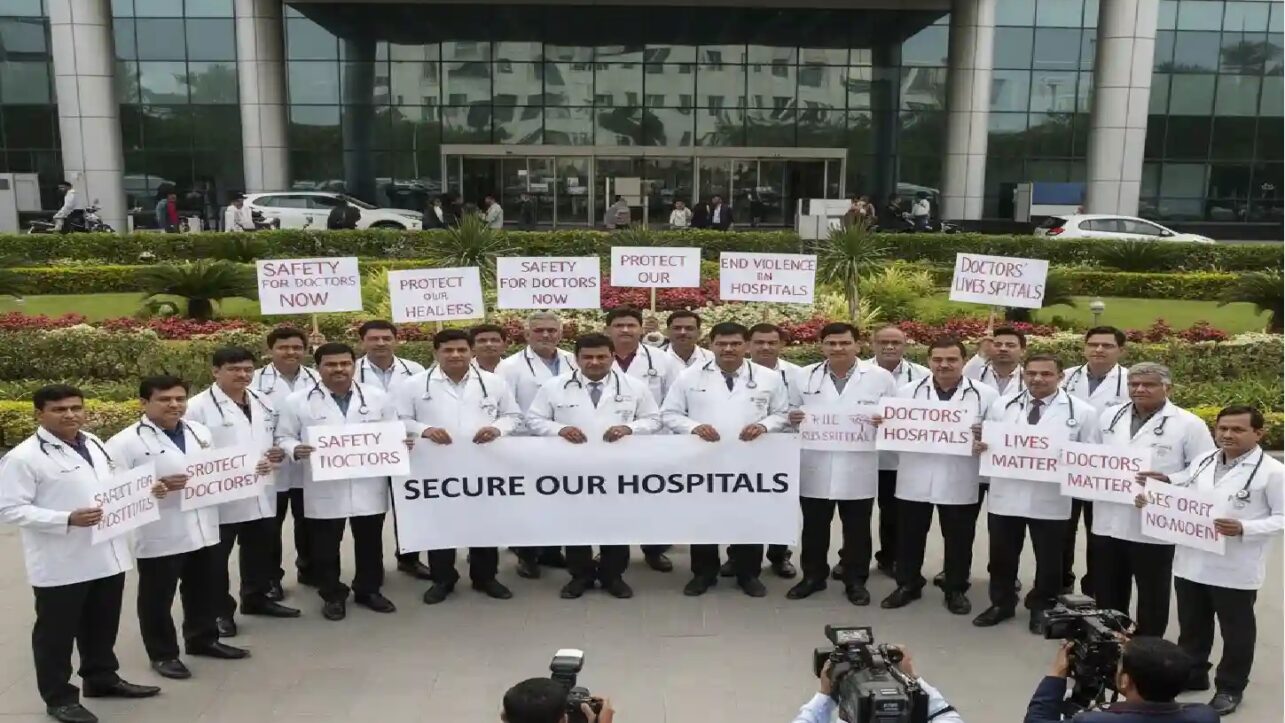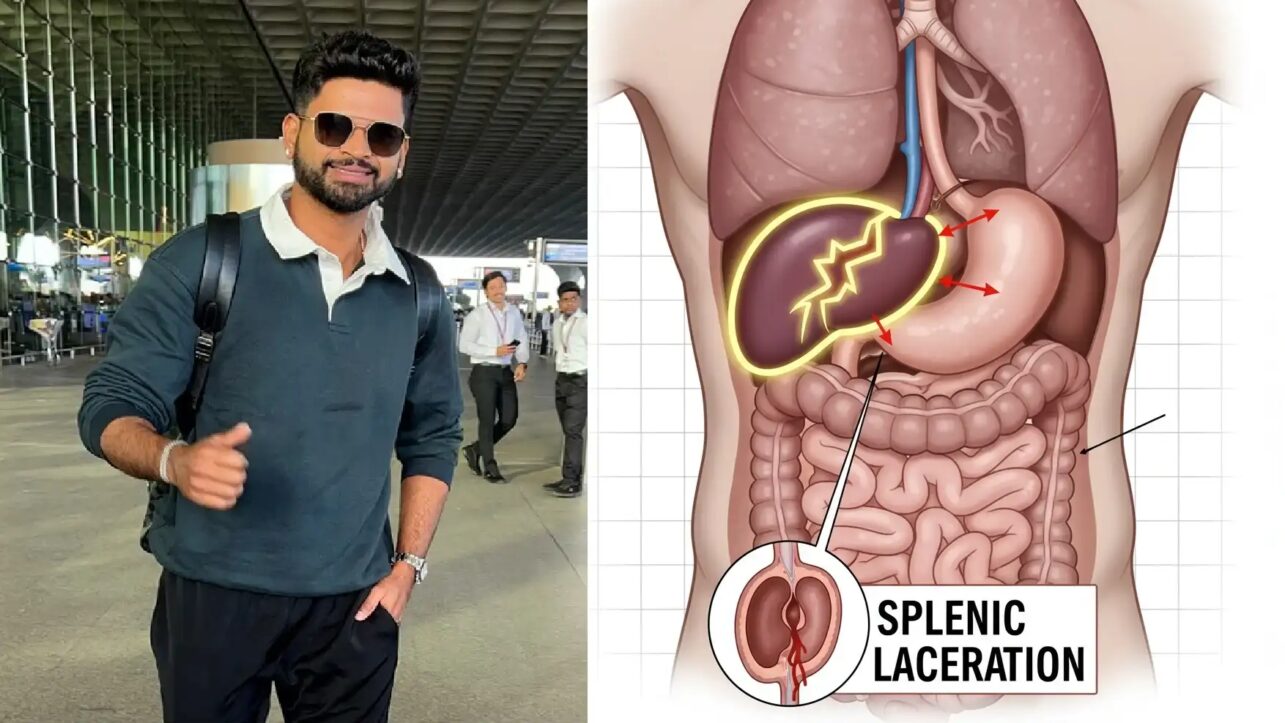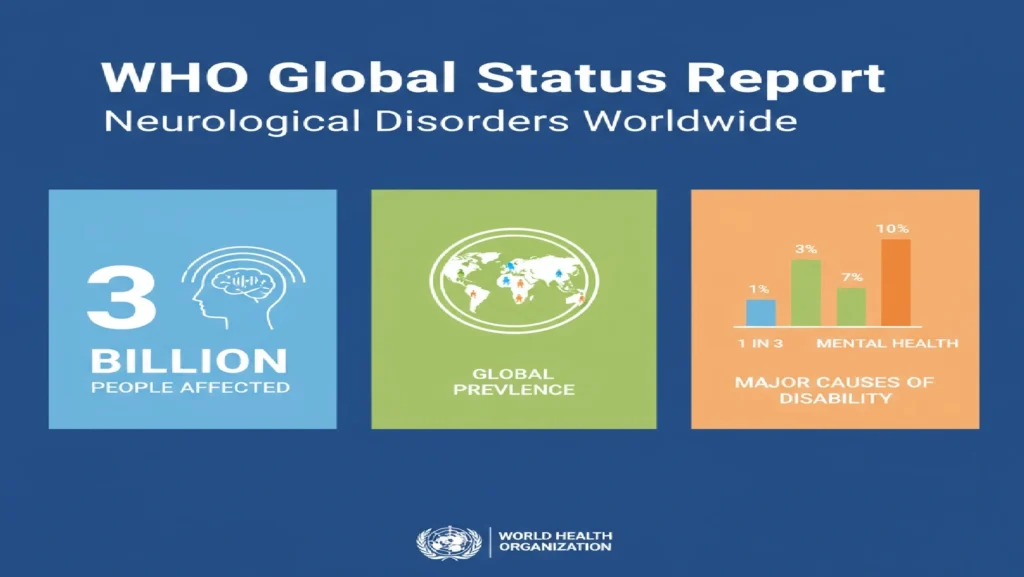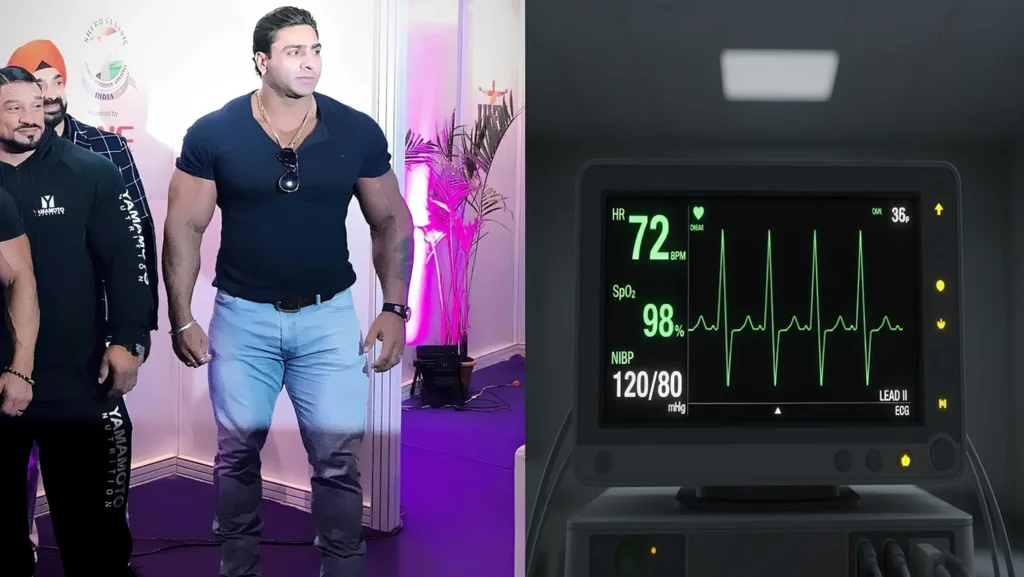Quick Answer
Physiotherapists in India are now officially barred from using the ‘Dr’ prefix, following a definitive Directorate General of Health Services (DGHS) order that upholds long-standing medical and legal norms. This move aims to prevent public confusion, stop misleading credentials, and reinforce clear healthcare boundaries.
Fast FAQ: The ‘Dr’ Prefix for Physiotherapists
Q: Can physiotherapists use Dr before their name?
No. DGHS and the Indian Medical Degrees Act (1916) prohibit this. Violations can result in penalties or prosecution.
Q: Why was the rule enforced now?
Conflicting curriculum updates from health regulators briefly allowed the prefix, prompting legal challenges, medical protests, and eventual reversal.
Q: What risks does misuse create?
Misleading titles may cause patients to assume physiotherapists are medical doctors, risking inappropriate treatment and increasing the threat of quackery.
Q: Who is officially allowed to use Dr?
Registered practitioners in modern medicine, Ayurveda, Homeopathy, Unani, and select dental professions.
Government Orders and Professional Reaction
In a formal statement, DGHS said:
“Physiotherapists are not trained as medical doctors and, therefore, should not use the prefix ‘Dr’, as it misleads patients and general public, potentially leading to quackery,” explained Dr. Sunita Sharma, DGHS Director.
Indian Medical Association (IMA) immediately backed the move, highlighting ongoing confusion in clinics and advertising. Despite a brief policy reversal in April 2025 by the National Commission for Allied and Healthcare Professions (NCAHP), all professional groups now urge physiotherapists to use clear alternative titles.
Gaps Exposed By The Controversy
1. Public Understanding Gap:
Patients and families lack clear resources to distinguish between physiotherapists and medical doctors. There is no central educational effort to teach them whom to trust for diagnosis and treatment, especially in regional languages and rural communities.
2. Student/Professional Guidance Gap:
Curriculum changes rarely spell out how new graduates should correctly present their credentials. There are very few guidance documents or sample templates for professional identity, digital profiles, or ethical clinic marketing.
3. Regulatory Clarity Gap:
Contradictory orders by NCAHP and DGHS, vague notices, and slow legal enforcement leave confusion about what is allowed in practice. Many clinics and professionals remain unclear on the consequences and best practices for compliance.
4. Title & Career Progression Gap:
There’s little advice on alternative titles, career ladder steps, or recognition pathways for physiotherapists beyond the “Dr” debate. More definitive, practical steps are needed for ethical branding and job applications in the sector.
What Should Students, Physiotherapists, and Clinics Do Now?
- Remove the “Dr” prefix from all signage, business cards, and online profiles.
- Use alternatives like “Physiotherapist (PT)” or “BPT/MPT graduate” for professional listings.
- Clearly explain roles and qualifications to patients at first contact, online and in print.
- Add patient education materials (in local language) about the difference between physiotherapy and medical diagnosis.
- Treat only referred cases and avoid primary care or diagnostic claims in advertising.
Voices from the Field
Dr. Sunita Sharma, DGHS:
“Physiotherapists are not trained as medical doctors and, therefore, should not use the prefix ‘Dr’…potentially leading to quackery.”
Dr. S. Purna Chandra Shekhar, IAP Telangana:
“The profession of physiotherapy comes under the NCAHP guidelines. We have a Physiotherapy Professional Council under NCAHP, which had earlier said that physiotherapists can use ‘Dr.’ as a prefix and at the same time should also have ‘PT’ as a suffix,”
A Profession Caught in the Crossfire
For thousands of practicing physiotherapists and students, this regulatory tug-of-war is more than just a debate over a title—it strikes at the heart of their professional identity and patient relationships. Many who have completed rigorous four- to five-year degree programs feel the ban diminishes their expertise and the vital role they play in rehabilitation and recovery. This has left a generation of skilled practitioners wondering how to communicate their qualifications without falling foul of the law or losing the trust they have built with patients.
The confusion also affects patients directly. An elderly patient recovering from a stroke or an athlete rehabilitating a knee injury often builds a close, long-term relationship with their physiotherapist. The sudden removal of a familiar and respected title can create doubt and uncertainty at a vulnerable time. This highlights a critical need not just for legal clarity, but for a public education campaign that explains the distinct and valuable expertise physiotherapists bring to the healthcare ecosystem.
Patient Resource Table
| Title | Legal Status (2025) | Who Can Use It |
|---|---|---|
| Dr (prefix) | Banned for physiotherapists | MD, MBBS, Ayurveda |
| PT (suffix) | Allowed, recommended | BPT/MPT graduates |
The Path Forward: Building Trust Beyond Titles
Ultimately, the controversy over the ‘Dr’ prefix is a symptom of a larger challenge in India’s evolving healthcare landscape. As specialized fields like physiotherapy grow in importance, the system must create clear, respectful, and legally sound ways to recognize their contributions. The solution lies not in simply banning a title, but in building a new framework of professional identity.
This framework must include standardized, recognized credentials that are well-understood by the public. It also requires a concerted effort from educational institutions and professional associations to equip graduates with the language to explain their roles confidently and ethically. Moving forward, the goal for all stakeholders—regulators, doctors, physiotherapists, and patients—must be to build a system where trust is founded not on a single word, but on transparent qualifications, clear communication, and a shared commitment to patient well-being.





















